Last updated on
Discover the effective ways to utilize mothballs in your kitchen, ensuring a pest-free and fresh environment for your culinary adventures.
Mothballs are typically associated with wardrobes and closets, but did you know that they can also be used in the kitchen? Yes, you read that right! Mothballs are not just for keeping moths away from your clothes, but they can also help protect your pantry staples from pesky insects. In this article, we will explore how to use mothballs in the kitchen effectively and safely.
So if you’re tired of finding bugs in your flour or rice, keep reading to learn more about incorporating mothballs into your kitchen routine.
What's Inside
Types of Mothballs
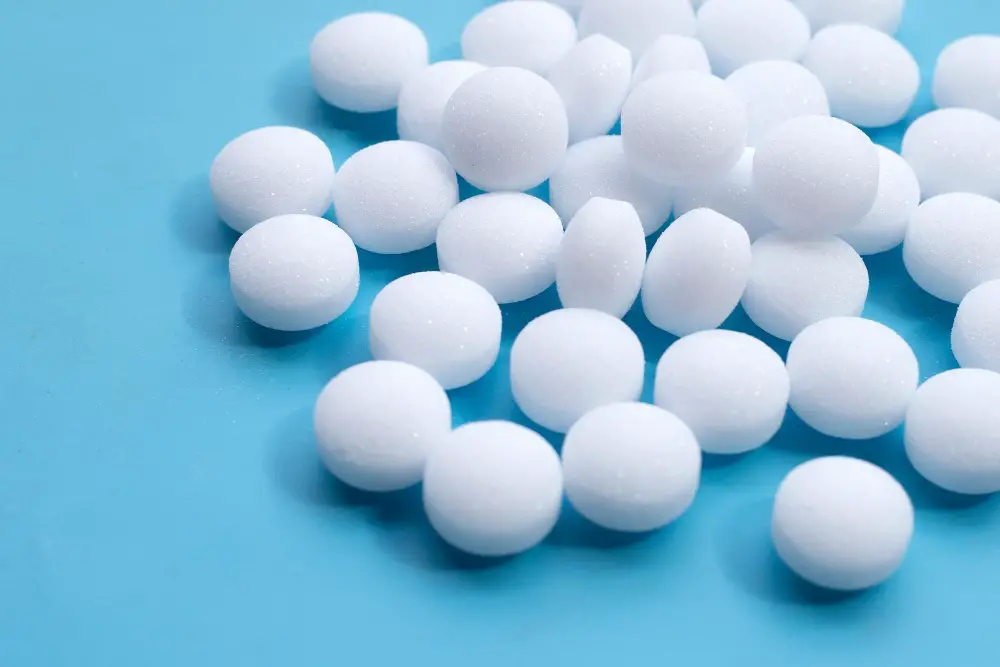
Naphthalene mothballs have been used for decades and work by sublimation, meaning they turn from a solid into a gas without melting. Paradichlorobenzene mothballs work in the same way but evaporate more slowly than naphthalene ones.
Both types of mothballs can be used in the kitchen to keep pests away from your food supplies. However, it’s important to note that these chemicals can be harmful if ingested or inhaled excessively and should always be handled with care.
When using any type of chemical repellent like mothballs, it is essential to follow safety precautions such as wearing gloves when handling them and keeping them out of reach from children and pets. Make sure you store them properly after use so they don’t pose any health risks.
Why Use Mothballs in the Kitchen?
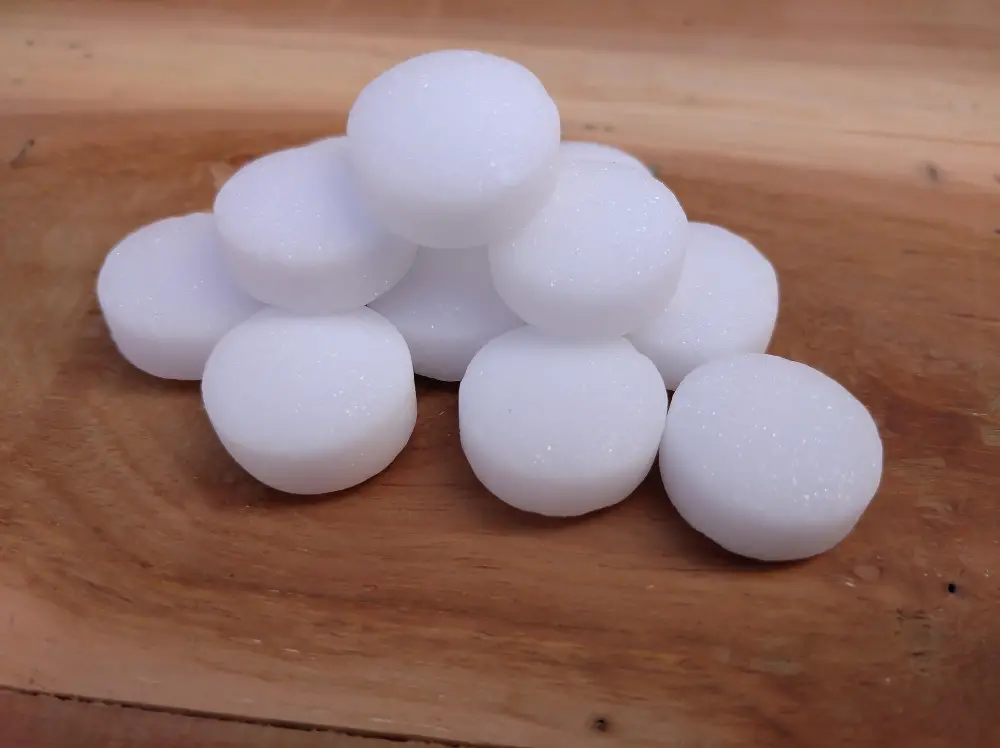
The strong odor of mothballs is effective in keeping pantry pests such as moths, beetles, and weevils away from your food items. These pests can cause significant damage to your stored goods by contaminating them with their eggs or larvae.
Using mothballs in the kitchen is an excellent way to protect your food from these unwanted visitors without using harmful pesticides or insecticides. Mothballs are also affordable and easy to use, making them a convenient solution for homeowners who want to keep their kitchens free of bugs.
However, it’s essential to follow safety precautions when using mothballs since they contain toxic chemicals that can be harmful if ingested or breathed in large quantities.
Safety Precautions
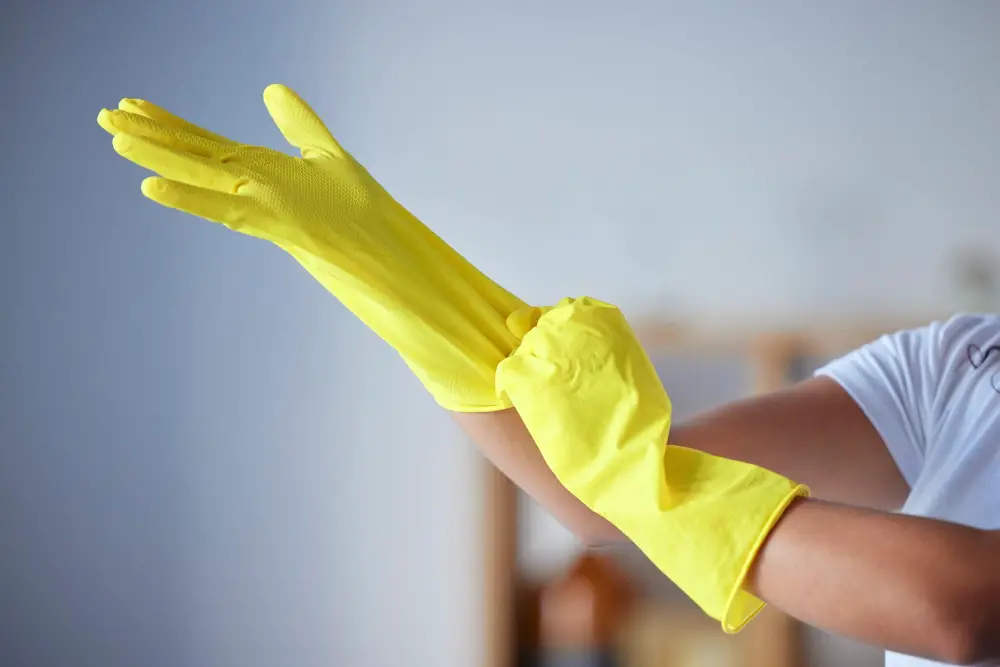
Mothballs contain chemicals that are toxic and can cause harm if ingested or inhaled. Therefore, it’s crucial to keep them out of reach of children and pets.
When handling mothballs, always wear gloves to avoid skin contact with the chemicals. Never place mothballs directly on food items or near cooking utensils as they may contaminate the food.
It’s also important not to use too many mothballs in a confined space as this could lead to excessive fumes that may cause respiratory problems. Always follow the instructions on the packaging carefully and ensure adequate ventilation while using them.
Storing Mothballs

Therefore, it is crucial to store them safely out of reach from children and animals. Keep mothballs in their original packaging or an airtight container with a secure lid.
Store them in cool, dry places away from food items.
It’s also essential to keep mothballs away from heat sources as they can release toxic fumes when heated above their melting point (176°F). Avoid storing mothballs near stoves, ovens, or other appliances that generate heat.
Pantry Pest Prevention
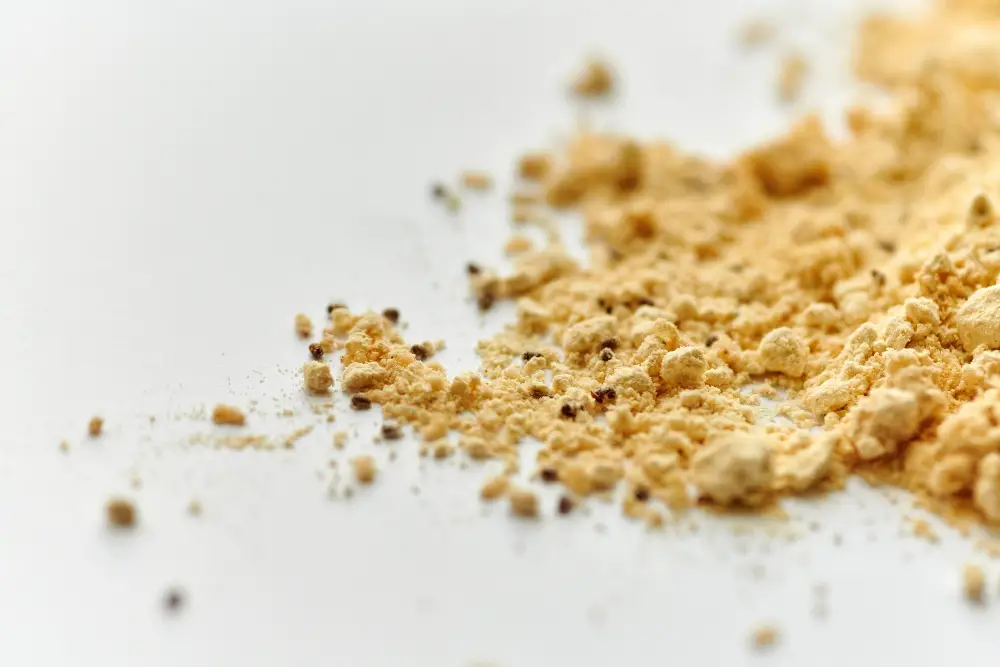
Unfortunately, it’s also a haven for pests like pantry moths and beetles that can infest your dry goods. These insects are attracted to grains, cereals, flour, nuts and other pantry staples.
To prevent these pesky critters from invading your kitchen space and ruining your food supply chain with their larvae or eggs; you need to take some preventive measures such as:
- Regularly inspecting all stored foods for signs of infestation.
- Storing all dry goods in airtight containers made of glass or plastic.
- Cleaning up any spills immediately
- Rotating stock regularly so older items get used first
- Freezing susceptible items before storing them in the pantry
What Attracts Pantry Moths?
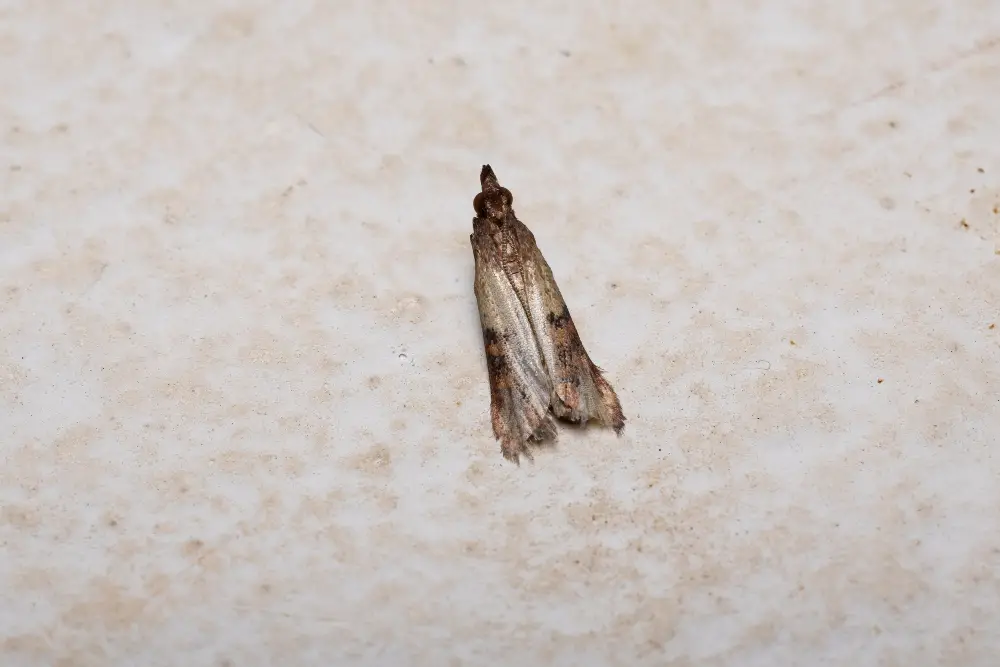
These pests are attracted to grains, cereals, nuts and dried fruits. They lay their eggs in these foods which then hatch into larvae that feed on the food items causing contamination and spoilage.
The adult pantry moth is about 1/2 inch long with grayish-brown wings marked by wavy lines of copper or bronze coloration. The larvae have a cream-colored body with brown heads and grow up to 1/2 inch long.
Pantry moths can enter your home through open windows or doors but most commonly they hitchhike inside packaged food products from infested warehouses or stores. Once inside your kitchen cabinets or pantry shelves they will quickly reproduce if not dealt with promptly.
To prevent an infestation it’s important to inspect all incoming dry goods before storing them away in sealed containers such as glass jars or plastic bins with tight-fitting lids.
Using Mothballs for Food Preservation
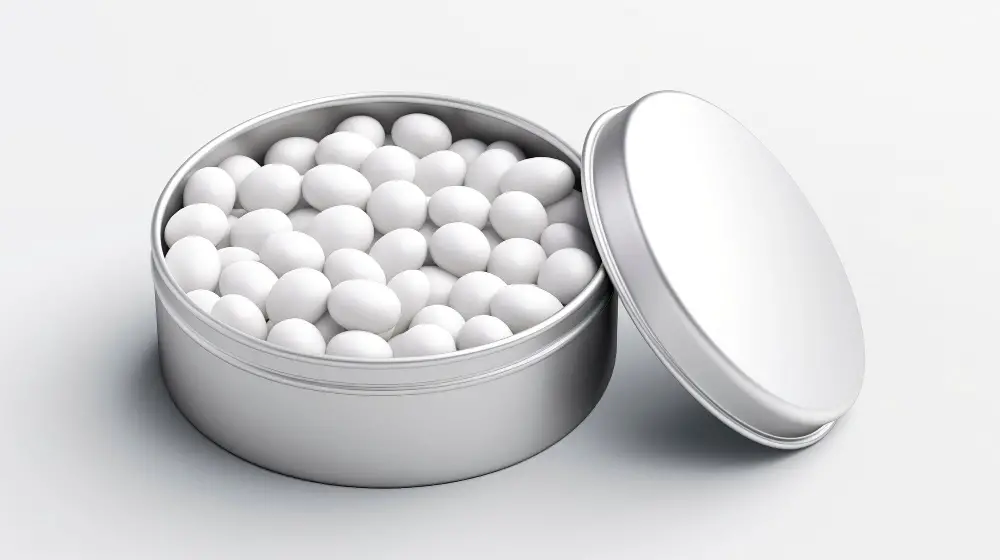
They are effective in keeping insects and pests away from your stored food items, especially grains, cereals, and dried fruits. To use mothballs for this purpose, place them in airtight containers with the food items you want to preserve.
Make sure that the container is tightly sealed to prevent any air or moisture from entering.
However, it’s important to note that mothballs should not come into direct contact with your food as they contain chemicals that may be harmful if ingested. Therefore it’s best practice to wrap them up in a piece of cloth or paper before placing them inside the container.
Mothball Placement in Cabinets

When using mothballs in the kitchen, it’s important to place them strategically in your cabinets and pantry. The best location for mothball placement is near the food items that are most susceptible to infestation such as flour, rice or pasta.
To use mothballs effectively in your kitchen cabinets and pantry, start by identifying areas where you have seen signs of pest activity or where you store vulnerable foods. Place one or two mothballs on a small dish or saucer and put them inside a sealed container with the food item(s) that need protection.
It’s essential not to place any uncovered food directly on top of the dish with the mothball since this can contaminate your food with harmful chemicals from these products. Make sure there is enough space between each item so air can circulate freely around them.
Steps to Use Mothballs in the Kitchen
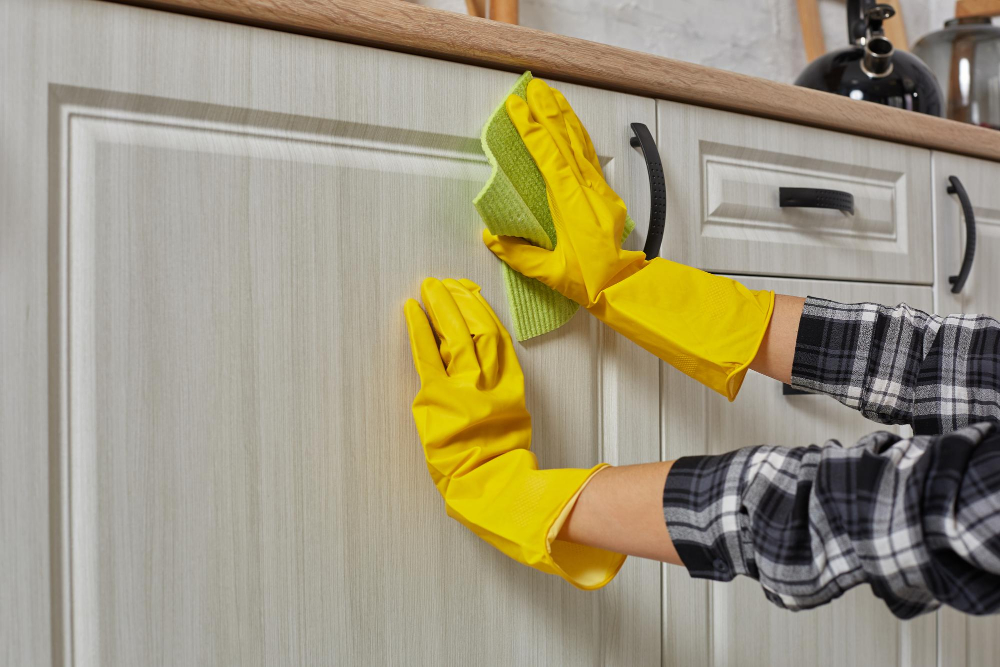
Here are some simple steps that you can take:
- Identify the areas where pantry pests are most likely to be found.
- Clean these areas thoroughly before using mothballs.
- Place a few mothballs in a small container or sachet made of breathable material like cheesecloth or muslin.
- Hang the sachets near food storage containers, such as flour, rice, pasta and cereals
- Alternatively place them on shelves or cabinets where food is stored
- Ensure that they do not come into direct contact with any food items
- Close all cabinet doors tightly after placing them inside.
It’s important not to overuse mothballs as they contain chemicals which may affect human health if ingested accidentally by children or pets. Follow instructions carefully when using this product and always keep out of reach from children and pets.
How Long To Leave Them In

The duration of use depends on the severity of infestation and personal preference. If you’re using them as a preventive measure, replace them every three months or when their scent fades away.
If there is already an infestation, leave the mothballs for at least two weeks before removing them. This will ensure that all stages of insect development are eliminated from your pantry staples.
It’s crucial to note that leaving mothballs for too long can cause health hazards due to their toxic nature. Therefore, always follow instructions on usage and disposal carefully.
Cleaning Up After Mothballs
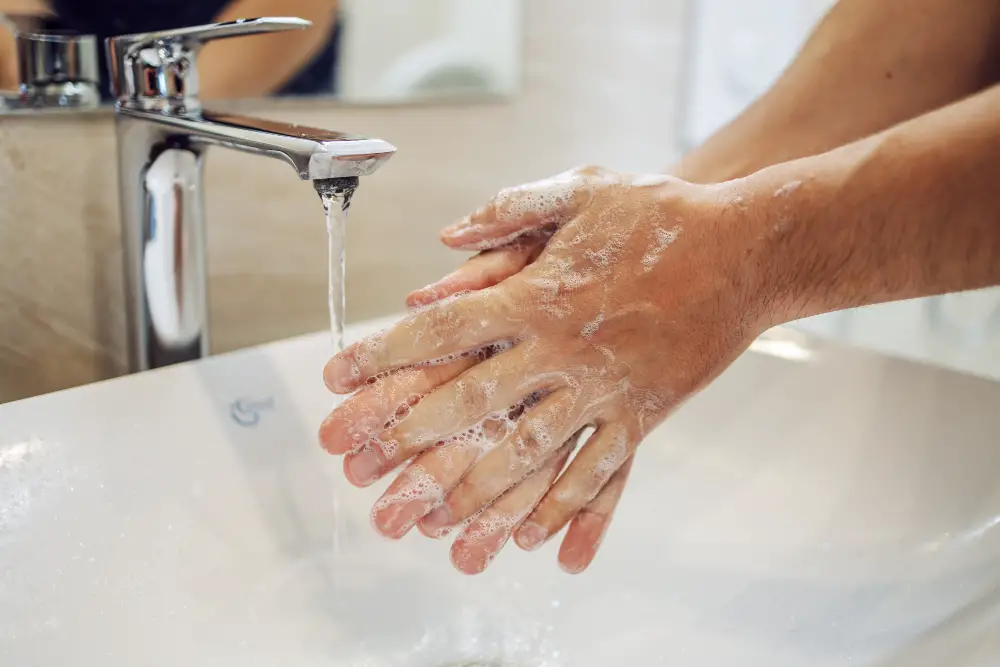
Mothballs are toxic and can be harmful if ingested by pets or children. Therefore, you must dispose of them correctly and clean the area where they were used thoroughly.
To start cleaning up after mothballs, remove any remaining balls from the cabinets or pantry shelves. Dispose of them in a sealed plastic bag before throwing them away with your regular trash.
Next, wipe down all surfaces that came into contact with the mothballs using warm soapy water. This includes cabinet shelves and walls as well as any containers that held food items.
If there is still a strong odor lingering after cleaning up, try airing out the space by opening windows or turning on fans for ventilation purposes.
Remember to wash your hands thoroughly after handling mothballs to avoid accidental ingestion of chemicals through skin absorption.
Safe And Natural Alternatives To Mothballs For The Kitchen Pantry
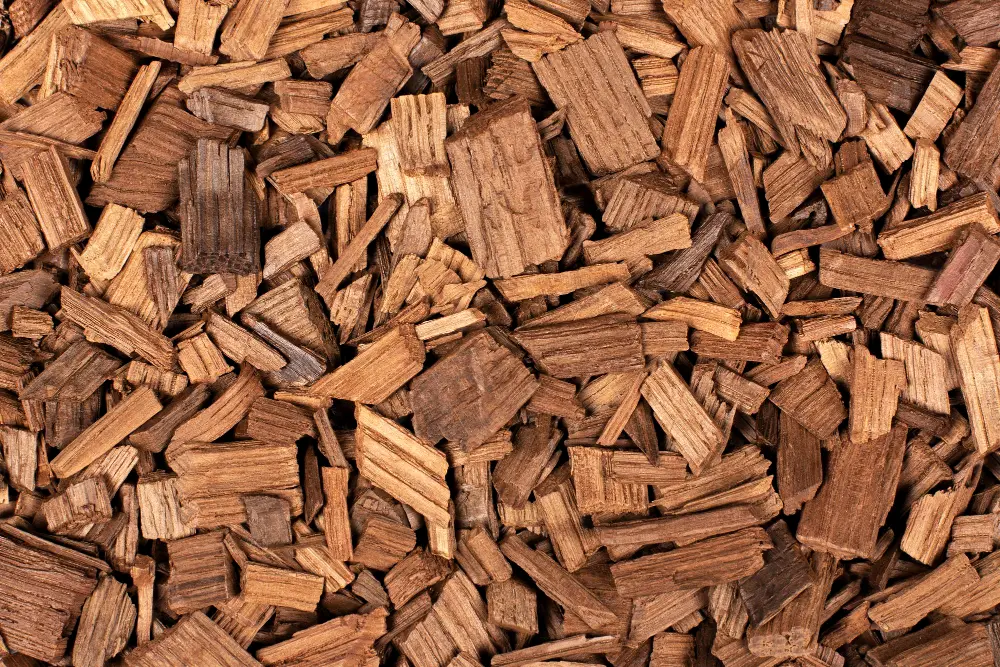
If you’re looking for a safer and more natural alternative, there are several options available.
One of the most popular alternatives is cedar wood. Cedar has a natural scent that repels insects without harming them or leaving behind any toxic residue.
You can use cedar blocks or chips in your pantry shelves or drawers to keep moths at bay.
Another option is lavender sachets. Lavender has a pleasant aroma that deters moths while also adding a lovely fragrance to your pantry items.
Simply place dried lavender flowers into small sachets and hang them on hooks inside cabinets.
Bay leaves are another great option for deterring pests naturally; their strong scent keeps bugs away from stored food items like flour, rice, pasta etc., making it an excellent choice as well!
How To Get Rid And Prevent Pantry Moths In Your Kitchen Pantry

These pests can cause significant damage to your food supplies, leaving you with no choice but to throw them away. To prevent this from happening, it’s essential to take steps to get rid of pantry moths and prevent them from returning.
To get rid of pantry moths in your kitchen pantry, start by removing all the affected items such as grains or cereals that may be infested. Dispose of these items outside the house immediately.
Next up is cleaning! Clean out every corner of the cabinet thoroughly using soap water or vinegar solution (1 part vinegar: 3 parts water). Make sure you clean all cracks and crevices where eggs might have been laid.
After cleaning everything out properly let it dry completely before putting anything back into cabinets again. Prevention is key when dealing with any pest problem; here are some tips on how you can keep those pesky critters at bay:
- Store food in airtight containers
- Keep an eye on expiration dates
- Regularly check for signs of infestation
- Vacuum regularly around cabinets
As a Repellent
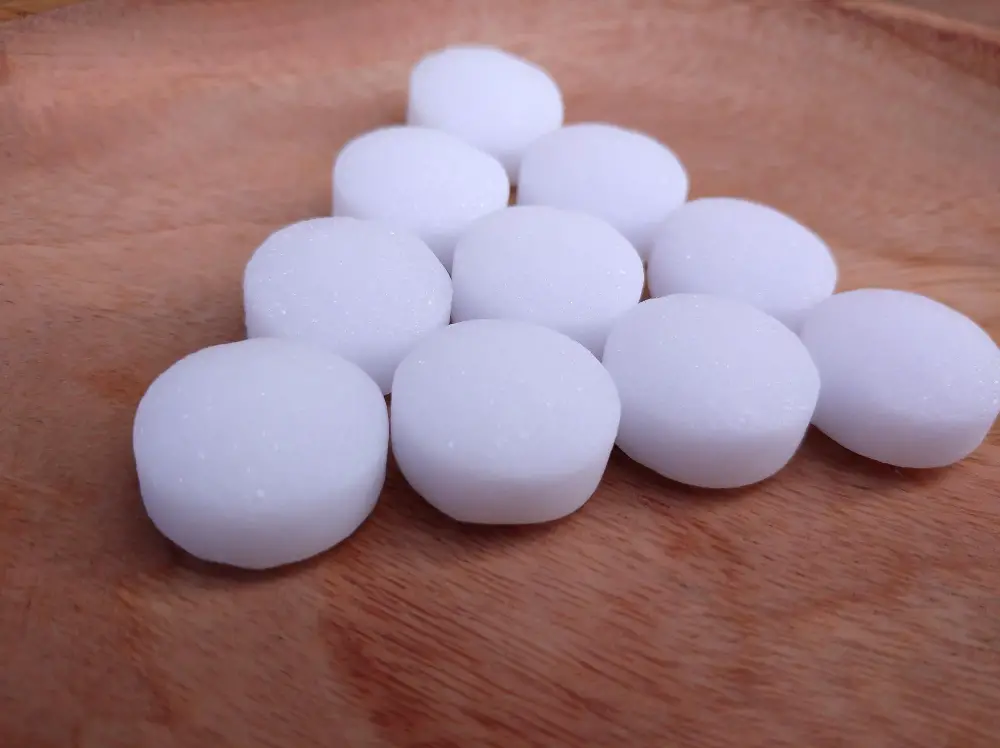
If you have trouble with rodents or other critters getting into your pantry, mothballs can help deter them. Simply place the mothballs in areas where these pests are known to enter and exit, such as cracks in walls or floors.
However, it’s important to note that while mothballs may be effective at repelling certain animals, they should not be relied upon solely for pest control. It’s always best to take preventative measures such as sealing up any entry points and keeping food stored properly.
It’s crucial to use caution when using mothballs around pets and children since they contain toxic chemicals that could harm them if ingested. Always follow the instructions on the packaging carefully and store them out of reach of curious hands or paws.
To Control Cockroaches

They can contaminate food and spread diseases, making them a serious health hazard. Fortunately, mothballs can help control cockroach infestations too! The strong odor of mothballs repels cockroaches and prevents them from entering your kitchen.
To use mothballs for controlling cockroaches, place them strategically around areas where you have seen these pests before or suspect they might be hiding. Focus on dark corners, under appliances like refrigerators or stoves as well as inside cabinets and drawers.
It’s important to note that while using mothballs is an effective way to deter roaches from entering your home; it should not be used as a standalone solution for getting rid of an existing infestation. If you already have a significant number of roaches in your kitchen area then it’s best to call professional pest control services who will take care of the problem safely and effectively without causing harm to humans or pets living in the house.
To Remove Smells From the Kitchen

If you have a strong odor in your kitchen, such as fish or garlic, mothballs can help absorb and neutralize it. Simply place a few mothballs in an open container and leave them on the counter overnight.
The next morning, discard the mothballs and enjoy a fresh-smelling kitchen.
However, it’s important to note that while this method may work for some odors, it’s not recommended for long-term use or as a substitute for proper ventilation or cleaning practices. It’s always best to identify the source of any persistent odors and address them directly rather than relying solely on masking agents like mothballs.
Using mothballs in your kitchen is an effective way to keep pests at bay while also helping with food preservation and odor control when used correctly.
To Control Ants
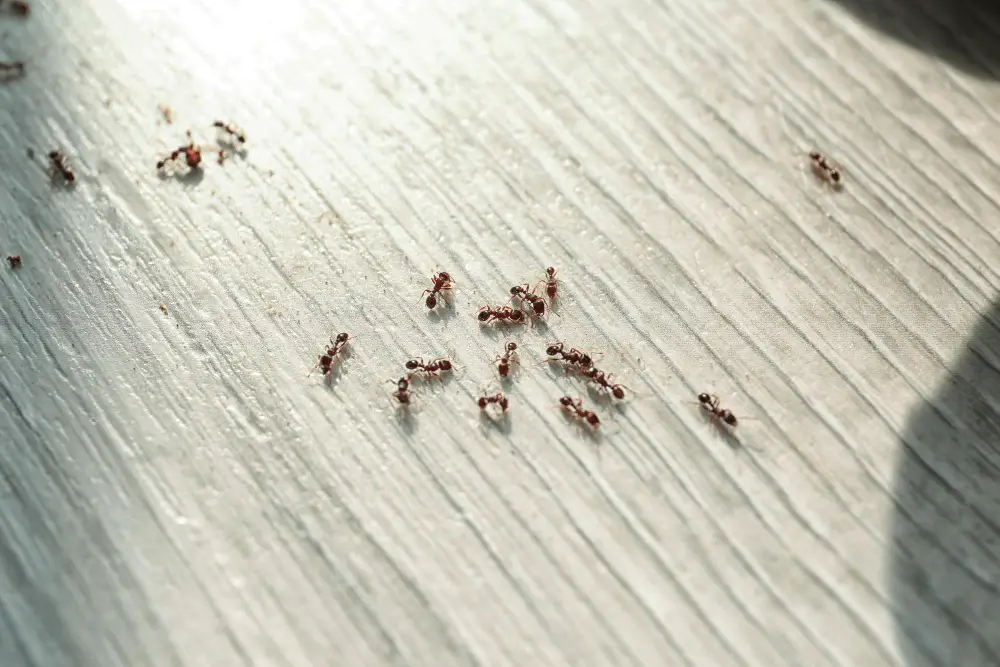
Ants are attracted to food sources, so it’s essential to keep your kitchen clean and free of crumbs or spills that may attract them. To use mothballs for ant control, place the balls near entry points where ants might come into your home.
This could include windowsills or doorways leading outside.
It’s important not to place the mothballs directly on any surfaces where you prepare food as they contain chemicals that can be harmful if ingested. Instead, put them in small containers with holes punched in the lid or wrap them up tightly in cheesecloth before placing near entry points.
Remember always; safety first! Keep children and pets away from areas where you have placed mothballs as they can pose a risk if accidentally ingested by curious little ones.
FAQ
Can mothball fumes get into food?
Yes, mothball fumes can permeate materials in the vicinity and get into foodstuffs.
Where is the best place to put mothballs?
The best place to put mothballs is inside tightly closed containers with the clothing or materials, ensuring the vapors remain enclosed and do not spread throughout the house.
What does putting mothballs around your house do?
Putting mothballs around your house helps to kill clothes moths, their eggs, and larvae in indoor storage areas like closets, attics, and basements, but they are not intended for outdoor use.
How long does the smell of mothballs last inside?
The smell of mothballs can last up to a year inside a box or under a seat cushion, as the odors saturate the fibers and persist long after the pellet is gone or mothballs have been removed.
Are there any alternative methods to using mothballs for repelling insects in the kitchen?
Alternative methods for repelling insects in the kitchen include using natural remedies like lavender, cedar shavings, and essential oils such as eucalyptus and peppermint.
Is it safe to use mothballs near kitchen appliances, such as stoves and microwaves?
No, it is not safe to use mothballs near kitchen appliances such as stoves and microwaves.
Are there specific types of mothballs that are best suited for use in the kitchen environment?
The best-suited mothballs for use in the kitchen environment are those made from natural ingredients, such as cedar wood or herbal-based repellents.




